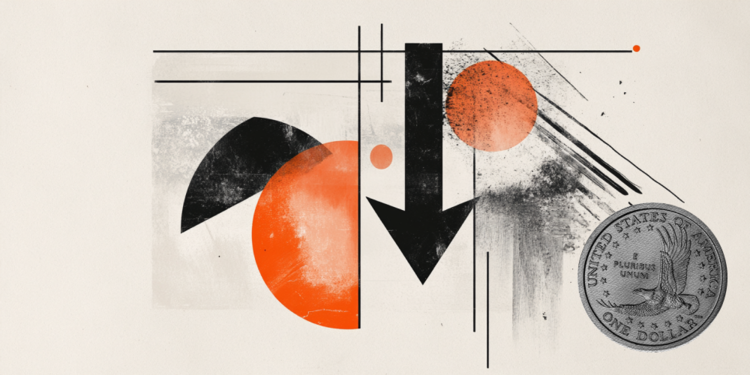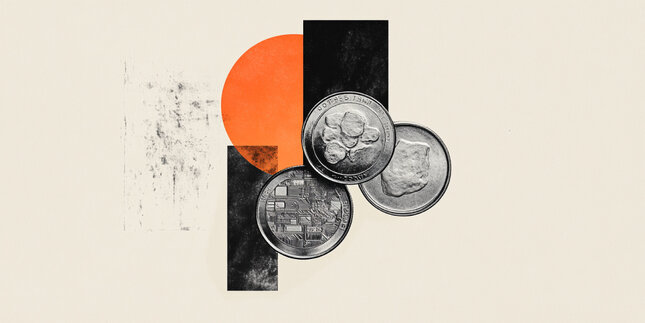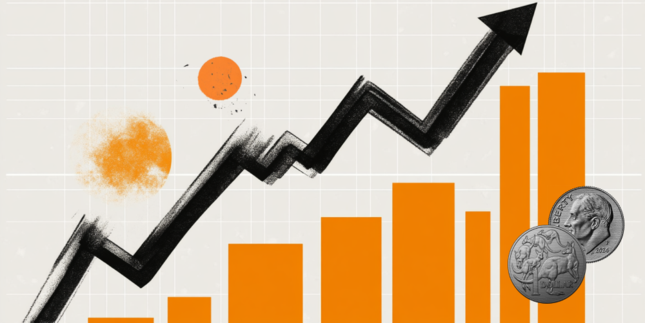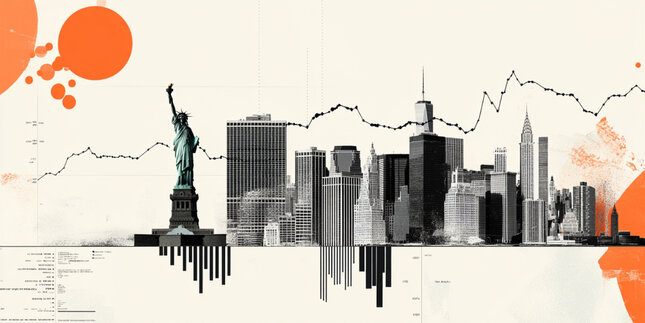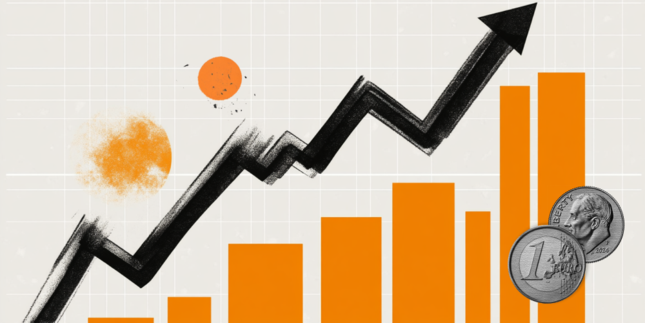US Dollar fights back despite soft data
- The US Dollar Index holds above 106.50 following weak US PMI data.
- US service sector contracts unexpectedly in February, weighing on sentiment.
- Consumer sentiment drops, while inflation expectations rise, adding pressure to USD.
The US Dollar Index (DXY), which tracks the US Dollar’s performance against six major currencies, is holding on to minor gains on Friday, trading around 106.50. This slight recovery follows disappointing preliminary PMI data, signaling that the US economy is no longer significantly outpacing the Eurozone or other major economic blocks. A weaker services sector print weighed on market sentiment, though manufacturing gains provided some balance.
Daily digest market movers: US Dollar holds gains despite weak PMI data
- US Manufacturing PMI for February beats expectations at 51.6, surpassing both the 51.5 consensus and January's 51.2 reading.
- US Services PMI drops into contraction at 49.7, falling short of the 53.0 forecast and January’s 52.9.
- University of Michigan Consumer Sentiment Index falls to 64.7, missing the 67.8 forecast and prior reading.
- 5-year Consumer Inflation Expectations rise to 3.5%, above the 3.3% consensus and previous reading.
- Markets continue monitoring tariff threats, with potential increases on the horizon over the weekend. Anything that could spark concerns of a trade war between the US and China might cushion the USD’s losses.
DXY technical outlook: Recovery attempts as bearish momentum softens
The US Dollar Index has regained some traction, hovering around 106.50 as it tries to reclaim the 100-day Simple Moving Average (SMA) at 106.60. Despite the mild recovery, technical indicators remain in bearish territory.
Both the Relative Strength Index (RSI) and Moving Average Convergence Divergence (MACD) show signs of a slight improvement but remain in negative zones. The next resistance level is near 107.00, while support rests around 106.00. A decisive break below the 106.00 threshold could confirm a bearish outlook in the short term.
Fed FAQs
Monetary policy in the US is shaped by the Federal Reserve (Fed). The Fed has two mandates: to achieve price stability and foster full employment. Its primary tool to achieve these goals is by adjusting interest rates. When prices are rising too quickly and inflation is above the Fed’s 2% target, it raises interest rates, increasing borrowing costs throughout the economy. This results in a stronger US Dollar (USD) as it makes the US a more attractive place for international investors to park their money. When inflation falls below 2% or the Unemployment Rate is too high, the Fed may lower interest rates to encourage borrowing, which weighs on the Greenback.
The Federal Reserve (Fed) holds eight policy meetings a year, where the Federal Open Market Committee (FOMC) assesses economic conditions and makes monetary policy decisions. The FOMC is attended by twelve Fed officials – the seven members of the Board of Governors, the president of the Federal Reserve Bank of New York, and four of the remaining eleven regional Reserve Bank presidents, who serve one-year terms on a rotating basis.
In extreme situations, the Federal Reserve may resort to a policy named Quantitative Easing (QE). QE is the process by which the Fed substantially increases the flow of credit in a stuck financial system. It is a non-standard policy measure used during crises or when inflation is extremely low. It was the Fed’s weapon of choice during the Great Financial Crisis in 2008. It involves the Fed printing more Dollars and using them to buy high grade bonds from financial institutions. QE usually weakens the US Dollar.
Quantitative tightening (QT) is the reverse process of QE, whereby the Federal Reserve stops buying bonds from financial institutions and does not reinvest the principal from the bonds it holds maturing, to purchase new bonds. It is usually positive for the value of the US Dollar.
Forex News
Keep up with the financial markets, know what's happening and what is affecting the markets with our latest market updates. Analyze market movers, trends and build your trading strategies accordingly.
